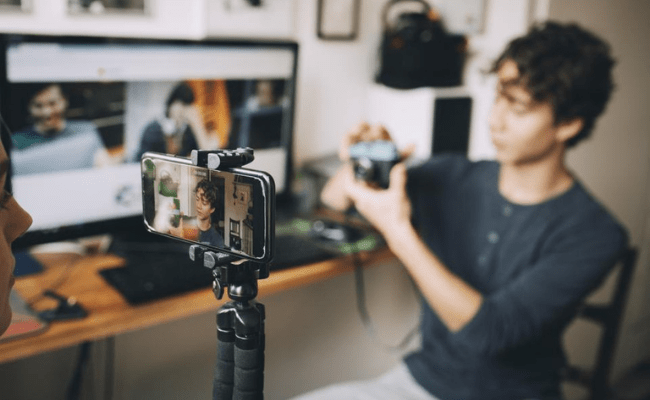Brands all over the world are starting to include influencers in their marketing mix; however, many marketers do not know which type of influencers are best for their brands. For this reason, we have spent time looking at the categories that brands collaborate with and how they deliver value to advertisers.
Consumers consciously or unconsciously decide what content is worth paying attention to. Messages that are transmitted through another person, especially someone an user trusts and respects, can have a greater chance of cutting through the ad clutter. This is why brands are increasingly turning to online creators and influencers to share branded messages on their behalf. However, we found that many brands still confuse influence and popularity – only looking at the number of their followers and fans.
__Everyone is an influencer
At TERRITORY Influence, we believe that we can all have an influence on someone – being at least nano influencers. Hence, we are looking at the effects different types of influencers have on engaging with and impacting other people. To measure this, it is important to start analyzing influencer credibility, audience engagement, content quality, and the power to drive actions, especially sales. A variety of factors marketers must consider before starting a collaboration with any influencer, online or offline, to maximize the marketing impact.
Celebrity influencers have been used so often by brands looking to promote themselves that some consumers believe they can’t be taken seriously anymore. This creates a problem for brands that are not only looking to create awareness but also effectiveness. Hundreds of thousands, even millions, of followers don’t automatically make a campaign more successful than working with an influencer who has fewer followers.
__Micro Influencer: the perfect mix of engagement & reach
Micro-influencers have established themselves as a new opportunity for marketers to be more relevant to their target audience and send their messages in a more authentic way. They have smaller communities on social media, but those followers are often much more loyal and active than the influencers with larger audiences. In general, there is an inverse relationship between the number of followers on social media and the engagement percentage rate — the larger the influencer’s following, the lower the percentage of engaged fans.
According to one study, micro-influencers:
- have up to 22.2 times more ‘buying conversations’ than an average consumer.
- are more direct in their recommendations with 74% encouraging someone to ‘buy it or try it’.
- get a high conversion rate: 82% of consumers are ‘highly likely’ to follow their recommendation.
Considering these figures, it is critical that people pay closer attention to micro-influencers because they clearly represent specific interests and lifestyles your brand may be looking to reach. At the same time, we have also found that micro-influencers are more approachable and relatable. With a smaller yet immensely dedicated fan base, they are keen to listen to and react to their product recommendations.
Yet, micro-influencers are often overlooked by marketing teams and their agency partners when developing influencer marketing and social media campaigns. We believe this is driven by an obsession in marketing to simply focus on reach as the only key performance indicator (KPI) and the complexity involved in scaling up micro-influencer campaigns to reach your target group.
Smart marketers are looking beyond the number of social media fans and developing campaigns focusing on marketing impact. Engaging groups of micro-influencers can provide significant sales impact and return on investment. Especially with the tools available today, it’s feasible to set up campaigns with hundreds of micro-influencers who deliver similar online reach as social celebrities, but with higher engagement, more value to your customers, and bigger impact. It’s not all about reach — it’s also about relevancy, resonance, and real impact.

